- My book collection is currently housed in two IKEA Billy bookcases, but I had an incredibly difficult time finding bookcases that I was satisfied with. Before trying IKEA, all of the options that I was able to find were made of very poor quality particle board, had very short shelves, had a lot of needless flourishes, were low capacity, were outrageously expensive, or were incredibly ugly. Only the cheap bookcases seemed as if they had been made to hold books; more expensive bookcases were clearly just for show and form most certainly did not follow function. The Billy bookcase is very plain, simple and clean, with shelves long enough (and strong enough) to fit several thick books on each one. I do love them, but they are far from perfect and I am still seeking a more elegant, effective bookcase.
Storage and Furniture
- I am intrigued by custom-designed, purpose built furniture and storage for meeting more individualized needs.
Kitchen Appliances
- I strongly believe that most kitchen appliances are incredibly poorly designed. Most of my ire is reserved for dishwashers. Loading most dishwashers is infuriating- poor layouts leave enormous gaps of wasted space. Asone of the least energy- and water-efficient appliances in the house, each cycle of the dishwasher should be able to clean as many dishes as possible. The proper balance needs to be struck between maximizing capacity and achieving the proper placement that will allow the dishwasher to do its job. I also dislike the knobs on stoves and ovens, whose form does not adequately explain their function. Words like "Left front" should not be required to differentiate the purpose of each knob. Potentially dangerous accidents happen in the kitchen; it is especially necessary that an object's form should communicate its function.
Packaging
- Packaging is often wasteful and nearly always frustrating. Unpacking internet orders is sometimes like playing with Russian nesting dolls: a clamshell in a bag in a box in a box. This doesn't only hurt the environment; many people are injured while opening plastic packaging.
A high-powered, small-footprint vacuum cleaner
- Many individuals do not have the room to store a large, upright vacuum cleaner, but most of the small vacuum cleaners available are so weak they are hardly worth using. A small vacuum cleaner with enough suction to be effective would fill a niche market that is not being effectively served.

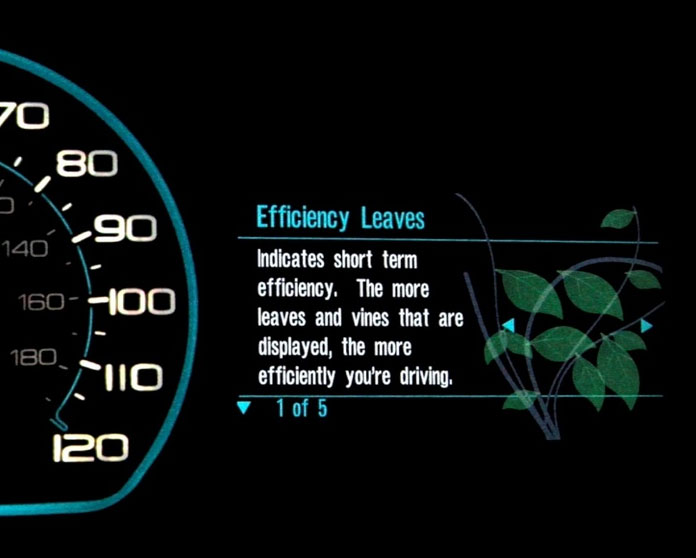

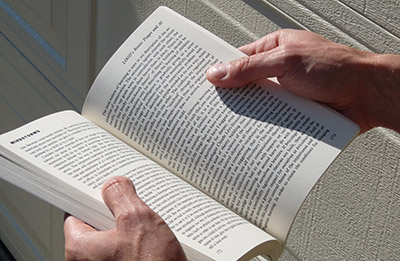
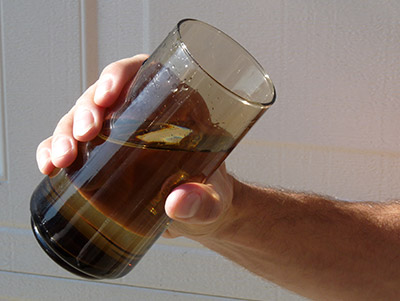
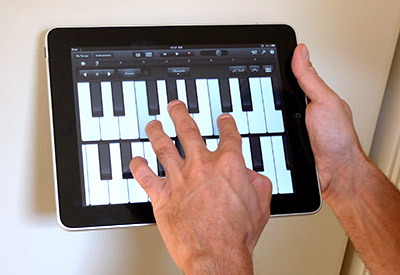
















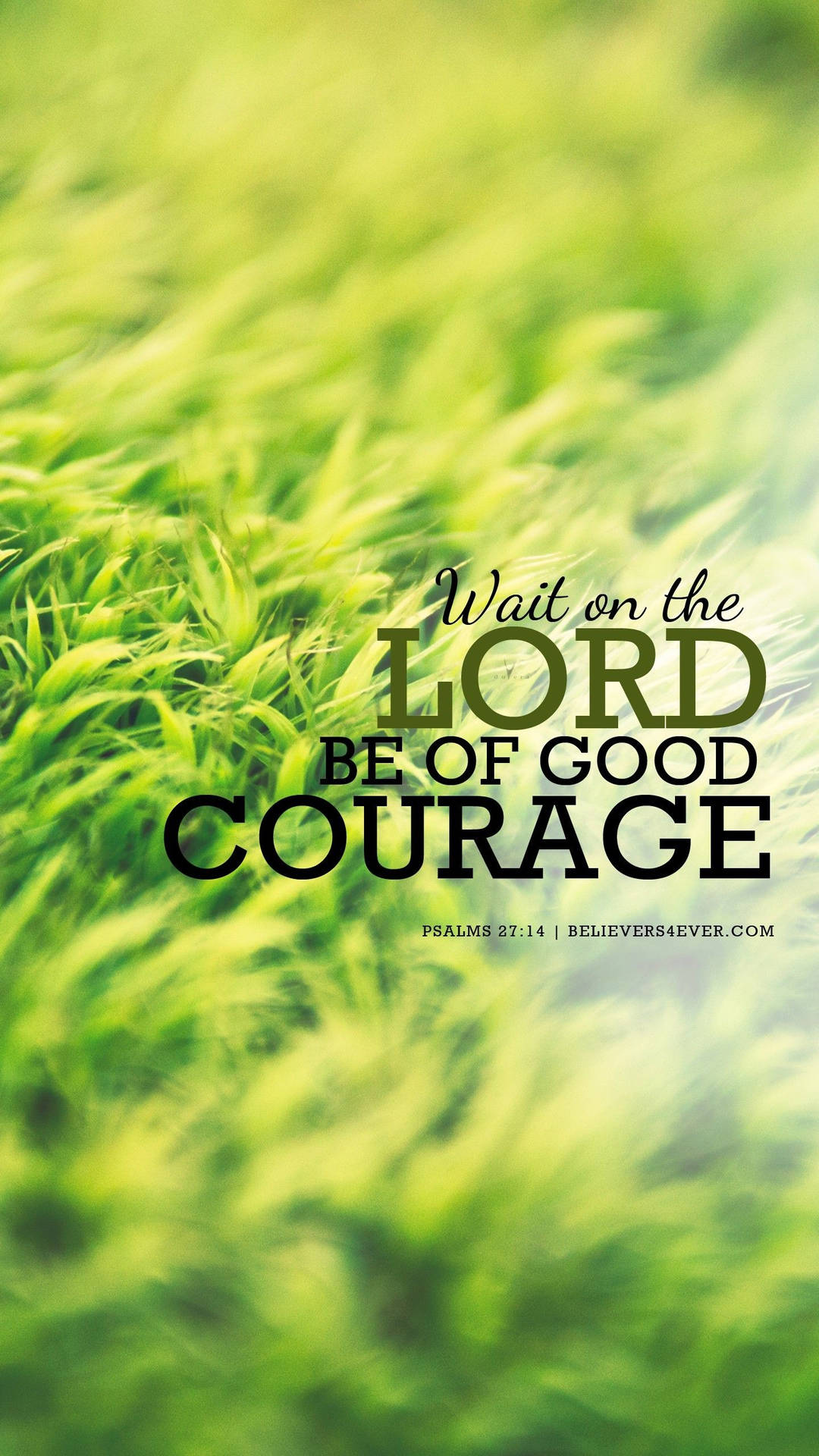








 Like this.
Like this.